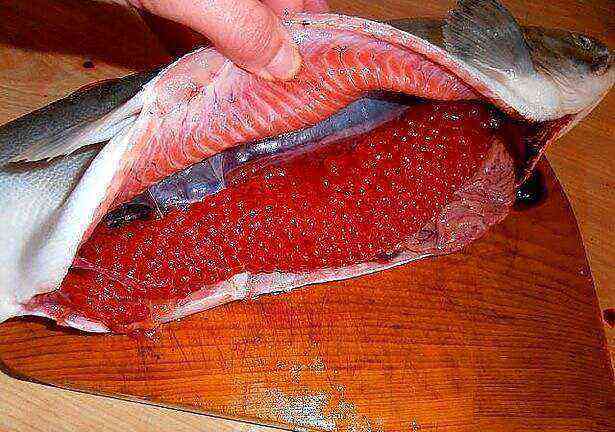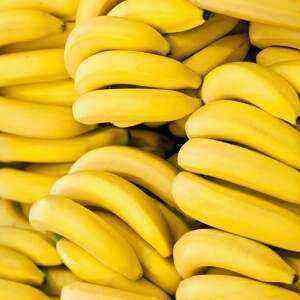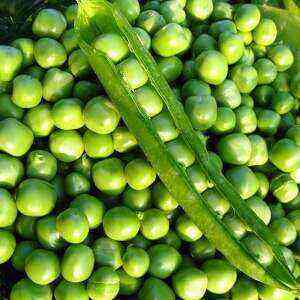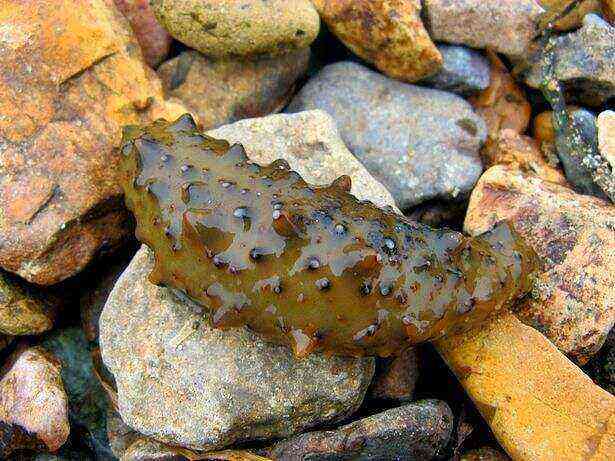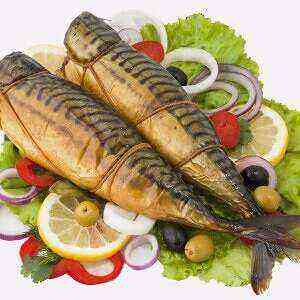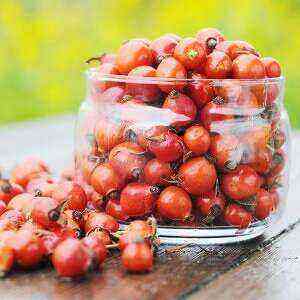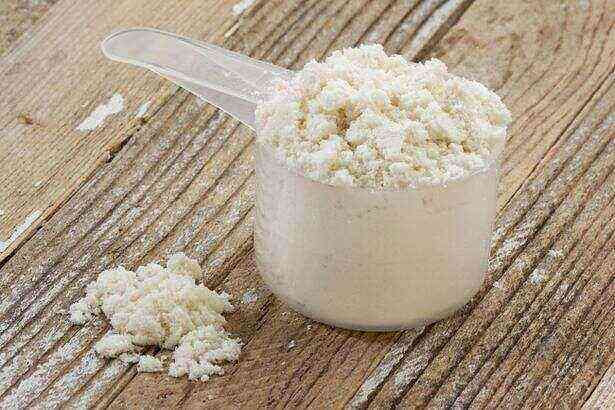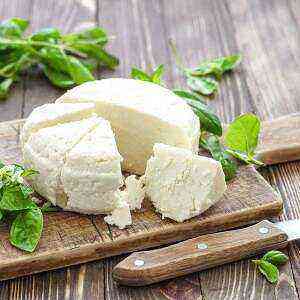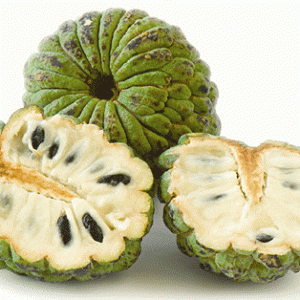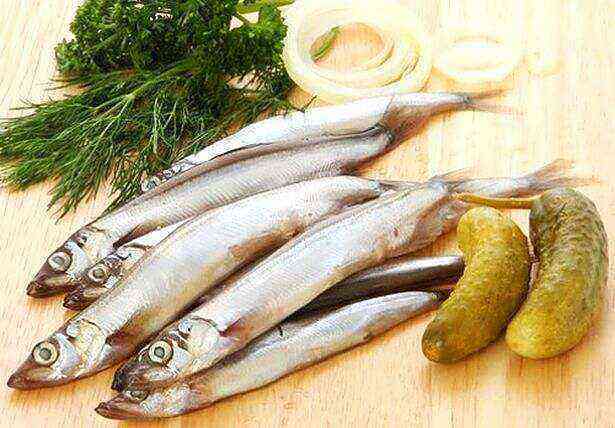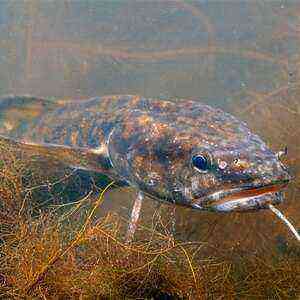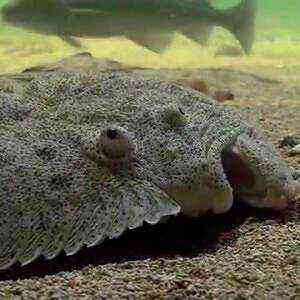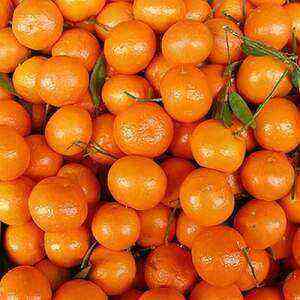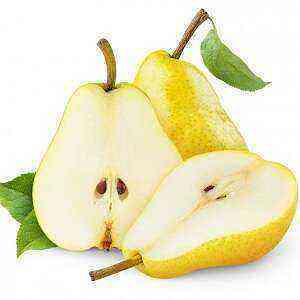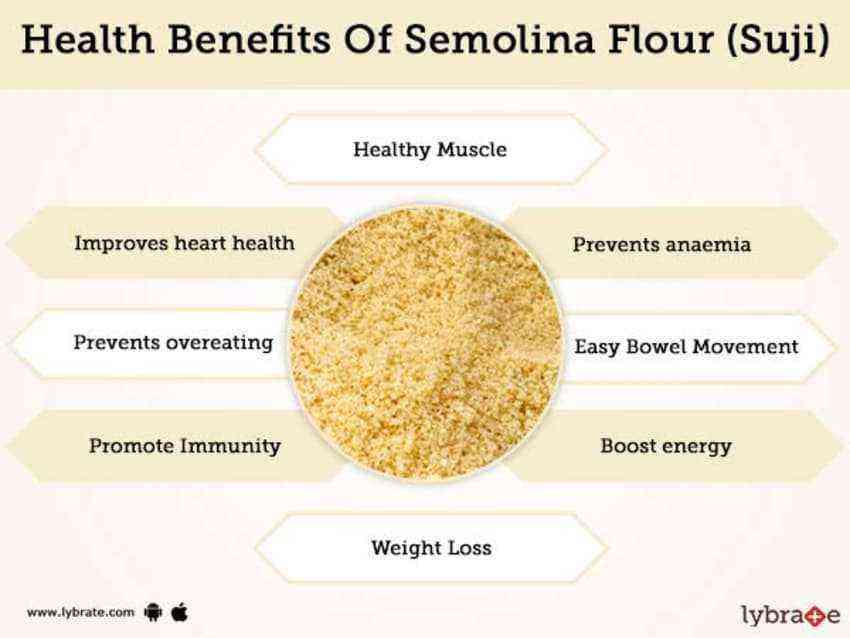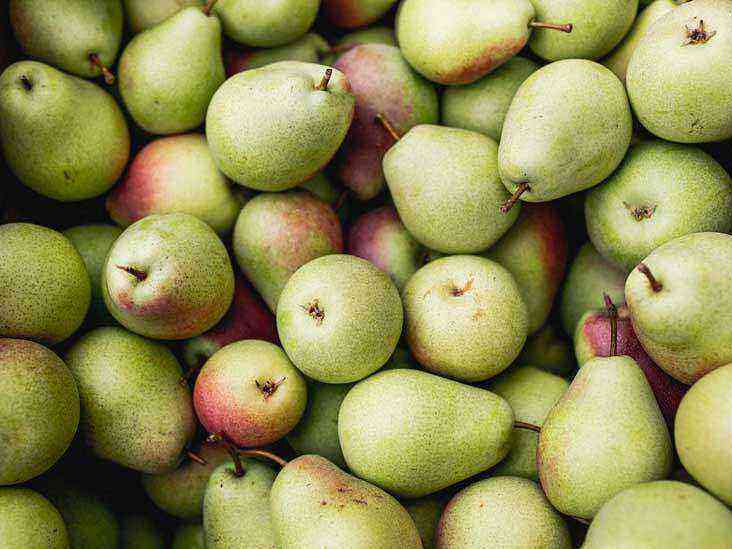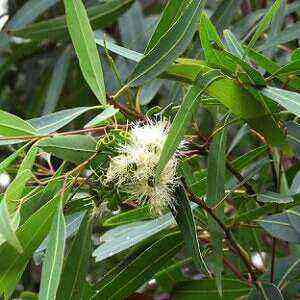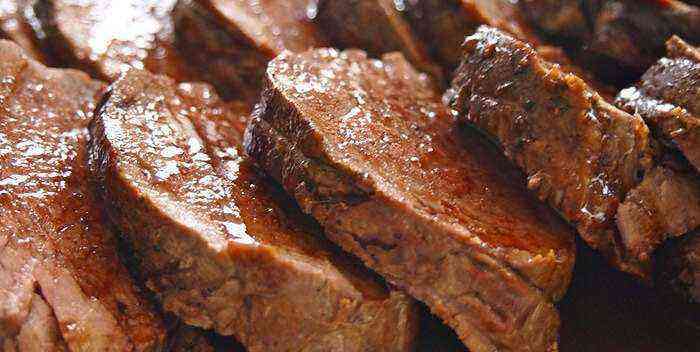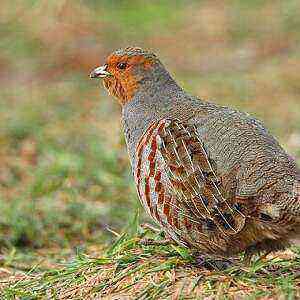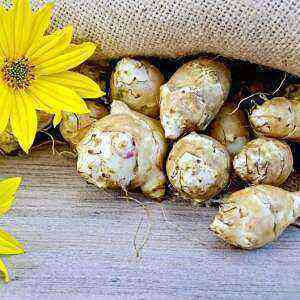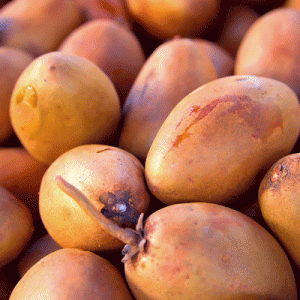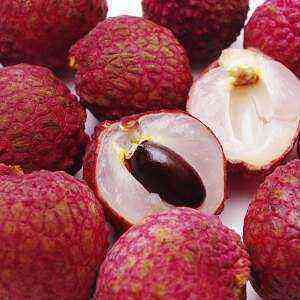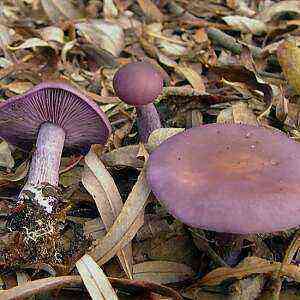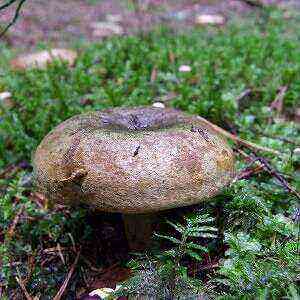 Milk is an edible mushroom of the russula family; it grows in groups. Today, there are 20 types of milk mushrooms, among which the most popular are real, peppery, blue. It is believed that this mushroom surpasses meat in protein content. In addition, the milk mushroom is used for the production of drugs against tuberculosis, since it is able to neutralize Koch’s disease bacillus. It is a natural antibiotic used to treat urolithiasis, renal failure, diabetes mellitus.
Milk is an edible mushroom of the russula family; it grows in groups. Today, there are 20 types of milk mushrooms, among which the most popular are real, peppery, blue. It is believed that this mushroom surpasses meat in protein content. In addition, the milk mushroom is used for the production of drugs against tuberculosis, since it is able to neutralize Koch’s disease bacillus. It is a natural antibiotic used to treat urolithiasis, renal failure, diabetes mellitus.
Types
- The load is real. The cap is large, in young representatives of the species it is almost flat or rounded-convex, becomes funnel-shaped with age, very slimy. In a mature mushroom, the edges are shaggy, curled downward with watery annular zones. The diameter of the cap reaches 10-20 centimeters. The color changes over time: from white to slightly yellowish. The pulp of the mushroom is elastic, fleshy, dense. The milky juice is bitter and pungent. The plates are wide, sparse, white or cream, yellowish at the edges. The leg is strong, hollow inside, even up to 5 centimeters in height.
The fruiting period is July-October. The real milk mushroom is widespread in birch forests. This type is considered the most delicious. The mushroom is pre-boiled or soaked, then subjected to frying, pickling, salting.
In folk medicine, it is used to eliminate acute purulent conjunctivitis (blenorrhea) and stomach diseases.
- Pepper milk. The cap of the fungus is white, without concentric zones, turns yellow with age. Its diameter reaches 5-20 centimeters. Outwardly fleshy, dense, hairless, dry. The pulp is white, has a pungent peppery taste and a faint smell of rye bread. When cut, it acquires a characteristic bluish-blue tint. The plates are frequent, narrow, white or creamy. The milky juice is burning, white, turns yellow or blue in the air. The leg is smooth, dense, up to 8 centimeters in height, sometimes with yellowish spots.
Distributed in the forest-steppe zone. Fruiting in July-October. Together with spruce, oak and birch, it forms a microse. Pepper milk is used in cooking for the preparation of hot seasoning, pickling and pickling. Medicinal properties: hot water extract of the fungus inhibits sarcoma-180, Lewis pulmonary adenoma, Ehrlich’s carcinoma, has shown anti-cancer and antibacterial activity.
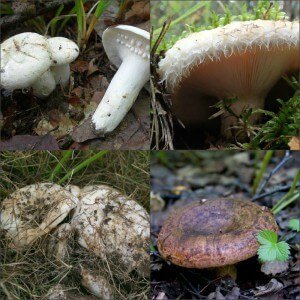 The antimicrobial and antioxidant properties of pepper mushrooms directly depend on the age of the fruiting bodies. The younger the mushroom, the higher these indicators.
The antimicrobial and antioxidant properties of pepper mushrooms directly depend on the age of the fruiting bodies. The younger the mushroom, the higher these indicators.
In Chinese folk and traditional medicine, milk mushrooms are used to relieve muscle cramps, relax smooth muscles, and treat kidney and cholelithiasis. Milky juice is used to suppress acute purulent conjunctivitis, remove warts.
- The lactus is blue. The cap of the mushroom is thick-fleshy, shaggy at the edges, turns purple when pressed. In the middle, depressed, with a yellowish tint, reaches 7-20 centimeters in diameter. The pulp is white, bitter, dense. The plates are pale yellow, frequent, narrow, with dark spots (when pressed). The leg is loose inside and becomes hollow when ripe. Turns blue from touch.
The fruiting period is July-October. Distributed in deciduous and mixed forests, forms a microza with spruce, willow, birch. Interestingly, substances (representatives A, B and C) that regulate plant growth have been isolated from the blue mushroom. The fruiting bodies of the fungus exhibit antibacterial activity against the causative agent of purulent-inflammatory lesions – Staphylococcus aureus. Used in cooking for pickling, salting. Does not require pre-boiling.
Chemical composition
Milk mushrooms are a source of amino acids and vitamins.
In terms of chemical composition, almost all mushrooms resemble a mixture of meat and vegetables. Because of what they acquired the second name “forest bread”. Interestingly, more protein is concentrated in young fruit bodies than in old ones. In dried mushrooms, proteins make up 30% of the total mass, in fresh ones – 5%. Essential oils give mushrooms a peculiar aroma, and resins give a characteristic pungency. The energy value of dried mushrooms in relation to fresh ones exceeds 7-10 times. Despite the low calorie content (100 calories are concentrated in 16 grams of fresh milk mushrooms), even in small quantities, they quickly saturate the body. The body of the fungus contains 18 amino acids, essential oils, polyunsaturated fatty acids, sterols, and phosphatides. By the content of lipids, the milk mushroom surpasses vegetable crops. The share of fats accounts for up to 2,7% of the total mass, of which 67% are SFAs that are not synthesized by the human body. The main part of carbohydrates is represented by fiber, which helps to eliminate cholesterol and toxins from the body, normalizes the work of the intestinal microflora. Milk is rich in organic acids (oxalic, fumaric, citric, tartaric), vitamins PP, C, B1, B2, enzymes (cytarase, uretase, amylase, lipase). The latter, in turn, are involved in the breakdown of glycogen and fats. In the fruit body of the fungus, the water content reaches 90% of the mass.
The composition of the proteins of the mushrooms includes amino acids, which are completely absorbed by the human body, since they are in a balanced composition. After cooking, the calorie content of the mushrooms increases due to the absorption of oil and other substances during frying, cooking or baking.
Useful Properties
 Mushrooms have a diuretic effect, are shown for urolithiasis, dysfunction of the biliary tract, renal failure. They quickly satisfy the feeling of hunger, so nutritionists recommend that they be included in the diet of people who are losing weight. Value for the human body:
Mushrooms have a diuretic effect, are shown for urolithiasis, dysfunction of the biliary tract, renal failure. They quickly satisfy the feeling of hunger, so nutritionists recommend that they be included in the diet of people who are losing weight. Value for the human body:
- regulate blood sugar levels;
- are used as a basis for the manufacture of medicines against emphysema of the lungs, tuberculosis;
- facilitate natural bowel movement;
- improve the functioning of the nervous system, the condition of the skin;
- raise immunity;
- strengthens hair.
Salted milk mushrooms exhibit anti-inflammatory and anti-sclerotic properties.
When, instead of good, harm
The positive properties of the product may not bring the desired result if consumed in excessive quantities or improperly prepared. In this case, the milk mushrooms can worsen the condition of the body.
All mushrooms are difficult to digest, which puts a strain on the digestive tract. Despite this, the content of fats and carbohydrates in them is within the normal range. The product is recommended to be included in the menu once every 1 days. The permissible single serving is 3 grams. If cooked incorrectly, milk mushrooms cause severe food poisoning, since mushrooms have the ability to absorb toxic substances and radiation. It is for this reason that it is not recommended to collect forest gifts from ecologically unfavorable areas. To remove harmful compounds, the milk mushrooms are soaked in cold water for three hours before cooking. Then the liquid is changed and the mushrooms are boiled for 250 minutes. After cooking, the milk mushrooms are immediately taken out of the water. The spent liquid is poured out.
Poisoning and treatment
 When using false (camphor milk, violin) or mushrooms that have undergone insufficient heat treatment, a person begins to experience discomfort in the epigastric region, and his health worsens. Symptoms of poisoning do not appear immediately. The main one is gastroenterocolitis. Indigestion, fever, headaches, intestinal colic, diarrhea, nausea, and vomiting are also observed. These symptoms are accompanied by the loss of water, salts, which leads to dehydration and the development of electrolyte disturbances. Depending on the timing of the latency period, poisoning with mushrooms is divided into 2 types:
When using false (camphor milk, violin) or mushrooms that have undergone insufficient heat treatment, a person begins to experience discomfort in the epigastric region, and his health worsens. Symptoms of poisoning do not appear immediately. The main one is gastroenterocolitis. Indigestion, fever, headaches, intestinal colic, diarrhea, nausea, and vomiting are also observed. These symptoms are accompanied by the loss of water, salts, which leads to dehydration and the development of electrolyte disturbances. Depending on the timing of the latency period, poisoning with mushrooms is divided into 2 types:
- Fast flowing. The clinical picture of poisoning develops 30 minutes to 2 hours after eating the mushrooms.
- Slow motion. 48-72 hours pass from the moment the milk mushrooms are consumed.
Treatment of mushroom poisoning is based on the following principles:
- cessation of the intake of poison into the body;
- elimination of toxic substances (intake of enterosorbents and lavage of the stomach, intestines);
- forced diuresis method (prescription of diuretics, infusion therapy);
- symptomatic therapy (taking antipyretic, analgesic and antiemetic drugs).
Mushroom poisoning is a dangerous phenomenon that can lead to increased heart rate, decreased blood pressure, fainting, paralysis of vital organs, confusion, bronchospasm. Due to the high rate of binding of toxic substances to tissues, pseudo-breast can cause irreversible consequences in the body. When the first symptoms of poisoning appear, an ambulance should be called. Before the arrival of the paramedic, provide first aid to the victim:
- Flush your stomach. Give the patient 5 glasses of saline solution to drink, induce vomiting (based on the calculation of 15 g of salt per 1 liter of water).
- Give a laxative to drink (linseed oil or liquid paraffin is the most popular).
- Put the victim to bed, cover with a blanket, warm the limbs.
- Drink vigorously with warm water, saline solutions every 10-20 minutes.
Remember, in case of food poisoning, in no case should you consume alcohol, food, antipyretics and pain relievers, as they can change the clinical picture, which can mislead the doctor.
After collecting anamnesis, if necessary, the patient is hospitalized, the stomach is washed with 8-10 liters of water (for an adult), and cleansing enemas are given. For enterosorption, the patient is prescribed the following drugs: enterodesis, enterosgel, smecta, activated carbon or polyphepan. Laxatives are taken immediately after gastric lavage based on a dosage of 1 g per 1 kg of body weight orally. If vomiting occurs, the drug is repeated after half an hour. The next stage of treatment is forced diuresis with Furosemide (a diuretic drug). In order to prevent collapse (acute vascular insufficiency, accompanied by a decrease in venous, blood pressure) and eliminate dehydration of the body, isotonic sodium chloride or Ringer’s solution is injected intravenously. Remember, mushroom poisoning is a serious test for the human body. Timely specialized medical care will help prevent complications, and sometimes even save a person’s life. Wasted time can be fatal. If you experience symptoms of body intoxication, immediately consult a doctor!
Poisoning prevention measures
Not only pseudo-grains, but also true mushrooms growing in areas with unfavorable environmental conditions can cause acute poisoning. When harvesting forest crops, pay attention to the presence of near roads, factories, industrial enterprises. Preventive measures:
- Collect only those mushrooms that you are sure of (be able to distinguish a real specimen from a false one).
- Do not cut mushrooms in areas with a high concentration of toxic substances. These include industrial production, highways, highways, chemical plants.
- Before cooking, the milk mushrooms are washed and soaked for 3–8 hours, changing the water every 1,5 hours, then subjected to heat treatment (boiling, frying) or salting.
Application in folk medicine
 The composition of mushrooms includes a substance that inhibits the growth of pathogenic bacteria. Thanks to this, milk mushrooms are used as an auxiliary component in the fight against tuberculosis. In addition, they show diuretic properties, prevent the formation of stones and salt deposition, therefore they are used to treat diseases of the kidneys and liver.
The composition of mushrooms includes a substance that inhibits the growth of pathogenic bacteria. Thanks to this, milk mushrooms are used as an auxiliary component in the fight against tuberculosis. In addition, they show diuretic properties, prevent the formation of stones and salt deposition, therefore they are used to treat diseases of the kidneys and liver.
Due to the presence of thiamine and riboflavin in the composition, mushrooms improve the state of the nervous system, are used to eliminate mental disorders, neuroses and depression. Mushroom protein speeds up wound healing. Salted milk mushrooms are of particular value to the human body. The usefulness of the product is due to the fact that during the fermentation process a special protein is formed, which has anti-inflammatory and anti-sclerotic effects. In folk medicine, milk mushrooms are used to combat warts. To achieve a positive result, a salted mushroom is applied to the problem area 3 times a day for 15 minutes for 3-5 days. To serve as a natural medicine, milk mushrooms are recommended to be consumed once every 1 days for 3 g. Due to the high protein content, the product stimulates muscle building, has a diuretic property, and is therefore indicated for use by people on diets.
Conclusion
Milk mushroom is a cap mushroom belonging to the genus of milkmen. Forest bread has a positive effect on the human body: it removes stones from the kidneys, kills Koch’s bacillus, cleans blood vessels, stimulates digestion, strengthens the immune system, and activates mental activity. In addition, milk mushrooms fight extra pounds, normalize the activity of the nervous system, and improve the condition of the skin. Before use, the mushroom is pre-soaked (at least 3 hours) in water, which is subsequently drained and boiled in fresh liquid. To eliminate bitterness, salt is added to it. Milk mushrooms are mostly salted. Salads, mashed soups, main courses are prepared from them. Mushrooms are harmoniously combined with potatoes and meat. To avoid poisoning the body, collect only those specimens in which you are 100% sure. Avoid old, wormy mushrooms. Do not collect milk mushrooms growing in the radiation zone near the roads.
